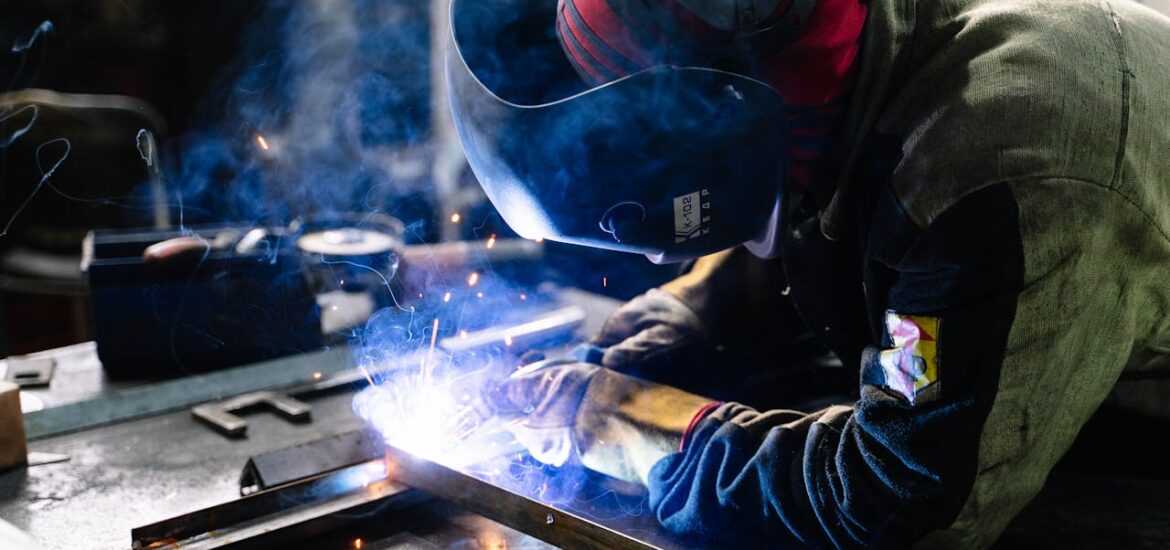Welding is a valuable skill in today’s job market, offering stable employment and the opportunity for advancement. However, before embarking on a career in welding, many people wonder: how long does a welding course take? The answer depends on various factors, including the type of course, your prior experience, and your career goals.
Understanding the Basics
First, let’s break down the types of welding courses available. Welding programs can range from a few weeks to several months, or even years. These programs may include:
- Short-Term Courses: These are typically introductory courses that provide basic training in welding techniques. They may last anywhere from a few days to a few weeks, covering fundamental skills such as safety procedures, welding processes, and equipment operation.
- Certificate Programs: Certificate programs are more comprehensive than short-term courses and usually last several months. These programs delve deeper into welding theory and practice, preparing students for entry-level positions in various industries.
- Associate Degree Programs: Associate degree programs in welding typically take two years to complete and offer a more in-depth education. In addition to welding techniques, these programs may cover subjects such as metallurgy, blueprint reading, and welding inspection.
- Apprenticeships: Apprenticeships combine on-the-job training with classroom instruction and can take anywhere from one to four years to complete. Apprentices work under the guidance of experienced welders, gaining practical experience while earning a wage.
Factors Influencing Course Duration
Several factors influence how long it takes to complete a welding course:
- Prior Experience: If you already have some welding experience, you may be able to complete a course more quickly. Many programs offer advanced placement or credit for prior learning, allowing you to skip introductory material and focus on more advanced topics.
- Course Format: The format of the course also affects its duration. Full-time programs typically take less time to complete than part-time or evening courses, as students can dedicate more hours to their studies each week.
- Specialization: Some welding courses focus on specific types of welding, such as TIG (Tungsten Inert Gas) welding or pipe welding. These specialized courses may take longer to complete than general welding programs.
- Certification Requirements: If your goal is to become a certified welder, you’ll need to meet certain requirements set by organizations such as the American Welding Society (AWS). Meeting these requirements may extend the duration of your training.
Planning Your Welding Career Path
When deciding which welding course to take, it’s essential to consider your long-term career goals. If you’re looking for a quick introduction to welding for personal projects or hobbyist pursuits, a short-term course may be sufficient. However, if you’re serious about pursuing welding as a career, investing in a more comprehensive program is advisable.
Additionally, think about the industries you’re interested in working in. Different sectors, such as manufacturing, construction, or aerospace, may have different requirements for welders. Researching the specific skills and certifications needed in your desired field can help you choose the right training program.
Conclusion
In conclusion, the duration of a welding course varies depending on factors such as the type of program, your prior experience, and your career goals. Whether you’re looking for a brief introduction to welding or a comprehensive education to launch a career, there’s a course out there to suit your needs. By carefully considering your options and planning your educational path, you can set yourself up for success in the rewarding field of welding.

